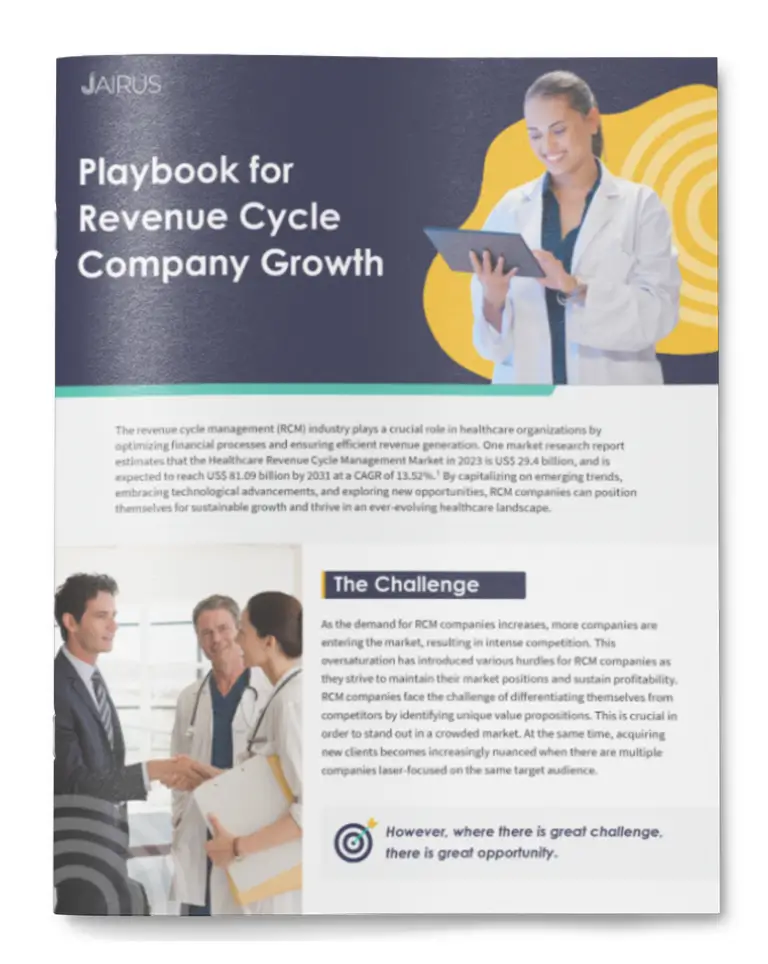As author Robert J. McKain once said: Strategic planning will help you fully uncover your available options, set priorities for them, and define the methods to achieve them. In the fast-paced worlds of marketing, technology and healthcare, options change and new opportunities surface continually – making it imperative for MedTech companies to avoid the antiquated model of annual strategic planning, casting in dense concrete 12 months’ worth of unalterable focus and effort.
The ability to not only recognize new opportunities in the marketplace, but to act on them with agility, is what sets successful companies apart today. By making strategic planning more than a once-a-year effort, you set yourself up to do precisely that – and the process is more effective today than ever, thanks to the advent of digital technology and all of the data that comes with it.
What goes hand-in-hand with that shift? Ensuring your sales and marketing teams are not only aligned, but fully intertwined. The traditional model of downstream vs. upstream strategies, with clear divisions between sales and marketing, is less functional (and less effective) now thanks in part to digital innovation and changes in the healthcare marketplace. While the teams may still be separate, both have an equal place at the strategic table – and should be gathering around it much more frequently than once a year.
Traditional healthcare sales and marketing efforts – cemented around in-person physician calls, bulk print collateral and tradeshow appearances – may still be somewhat effective in select scenarios, but offer sloth-like insights and results. MedTech companies that integrate digital strategies, in turn, can more nimbly gauge audience interest and demand, measure adoption and, ultimately, better predict growth. Not only that, digital strategies are often more cost-effective than traditional channels, which historically required a large, widespread sales force and significant investment in collateral, travel and media.
All of that data – generated more quickly and more accurately than ever before through digital channels – should be regularly evaluated and applied to strategic decision-making at the organizational level. To do so effectively, medical device and other B2B healthcare companies should implement more frequent strategic planning efforts. Typically, we recommend 6-month or quarterly strategic planning for Jairus clients, which provides an opportunity to evaluate growth and key marketing metrics, review market shifts and organizational changes, and re-align priorities for all teams based on those factors. These conversations also shine a bright light on efforts that are less effective, allowing companies and marketing partners to pivot resources quickly to more successful channels.
Interested in learning more about strategic planning or how Jairus partners with MedTech companies to improve sales and marketing outreach? Let us know.


